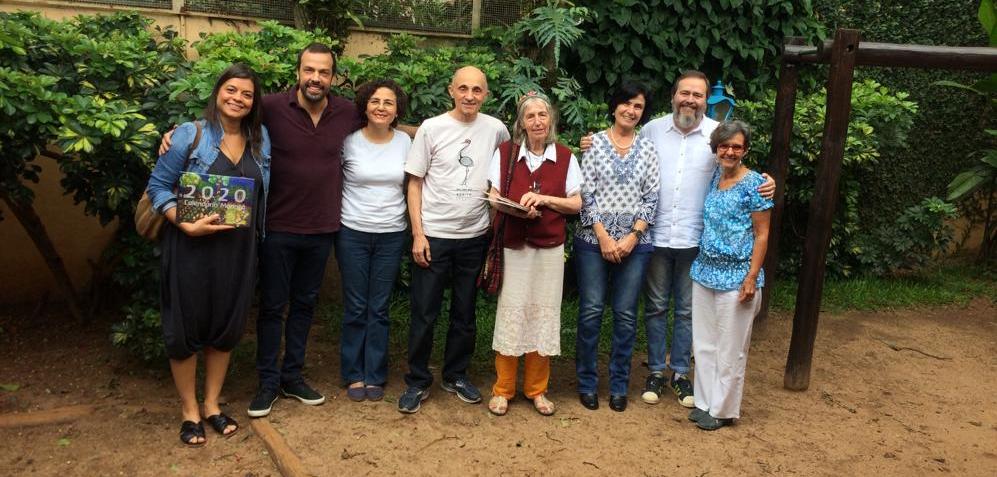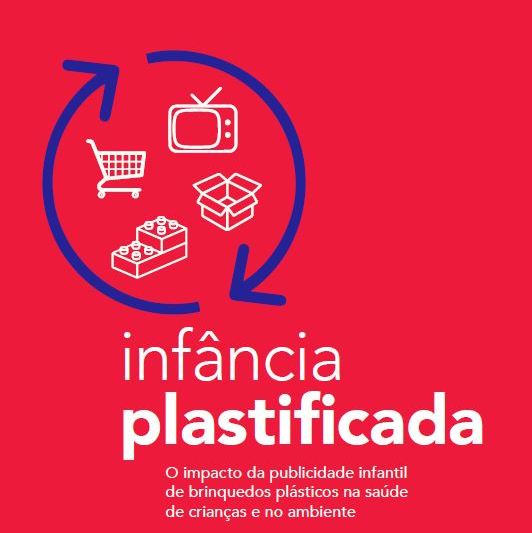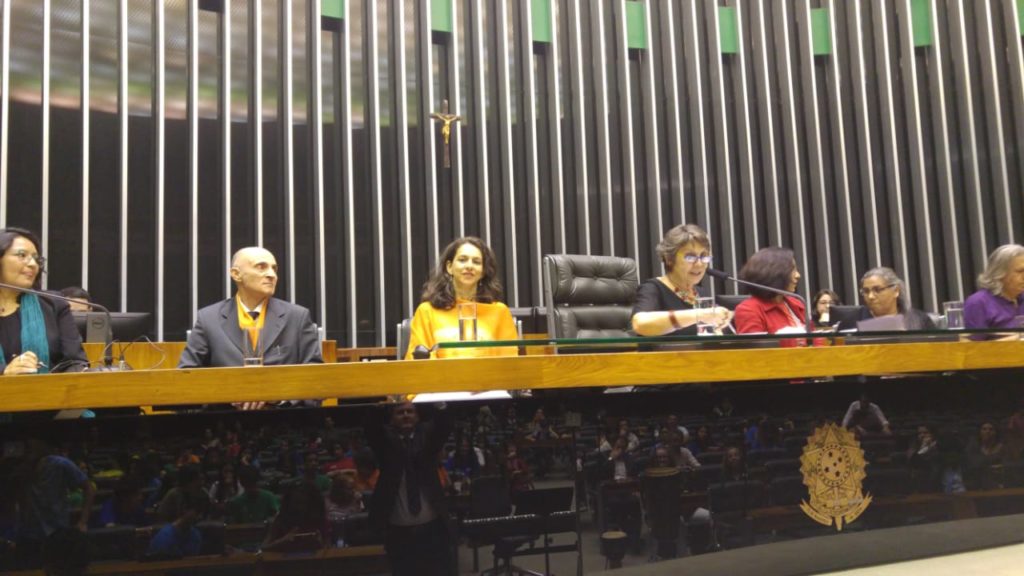Christopher Clouder's article
Much more than being creative, teaching a good class is a work of art. The ability to get excited and the love of learning will accompany the student throughout life. How can this objective be achieved?
Careful preparation of each class is necessary, but it is also important to have the courage to change the planned schedule to adapt to the needs of a group of students in the same classroom. The teacher must master the subject he teaches and be able to transmit the necessary knowledge in a lively way, suitable for inspiring students, and not in a closed, previously elaborated way.
The value of an art-centered education was the subject of deep reflection on the part of Plato, yet, with the exception of Friedrich Schiller and Martin Buber, it was not properly considered. Plato stressed that the harmony and predisposition of the soul are determined by aesthetic feelings, “… , therefore, he will feel a justified anger. Admire the beautiful, welcome it into your soul with joy, he will himself become good and noble.”(1)
Even though these statements may sound very deterministic, anyone will agree to recognize that an aesthetic environment exerts a profound influence and must constitute an important aspect of the classroom. The paintings on the walls, the color of the building, the arrangement of the tables, the drawings and what is written on the board, the way the teacher introduces himself to the students, how he moves, speaks and balances his humor and serious tone, all these elements arouse aesthetic considerations. Children look, observe and learn! Not only does the content of learning affect them, but also the whole experience of the class. A class is not to debit knowledge, it is done with the participation of teacher and students. It is obviously a high ideal, but a possible ideal. Anyone who had the opportunity to experience these moments – even for a short time – will be able to testify to the effectiveness of aesthetic attitudes.
In order to achieve this goal, it is necessary to be aware that the child is an artist who constantly works on the development of his own body and its abilities. In the period between 7 and 14 years old, the child converts all his interactions with the environment into an inner image and, therefore, the teacher must be able to respond, not only in intellectual terms, but also artistically. The intellect asserts itself during the period of puberty, when the student passes from polarities to contrasts, from analysis to synthesis, as an evolutionary process that leads to the individual capacity to judge. The teacher must support and develop this process. The development of the intellect is accompanied by a deep desire for creativity and idealism.
“Everything that is understood today as education, even in the best schools and colleges, is nothing but an unprecedented anachronism... our schools (despite their speeches about preparing for the future) are based on an illusory system, instead of looking ahead, taking into account the new embryonic society.”(2) We see the security conferred by the old paradigms crumble around us, and we see how irrelevant it is to seek exclusively pragmatic solutions to our problems. A completely new thought becomes essential as the basis of a new morality. This new morality must be based on the principle that, for the child, the world is, in its essence, good, beautiful and true. In other words, it is, in itself, an artistic creation.
In order to meet what the child is looking for, a new pedagogy is needed that is willing to maintain the balance between the growing mechanization of the world and ourselves as men, so that the child does not lose respect for the what it means to be a man.
Grades:
- 1. Plato, Politeia, III, 401e
- 2. Alvin Toffler, Future Shock, 1970
Originally published in the catalog of the exhibition “Waldorf Pedagogy”, held on the occasion of the 44th UNESCO Conference on Education.








